The Art of Living by Thich Nhat Hanh
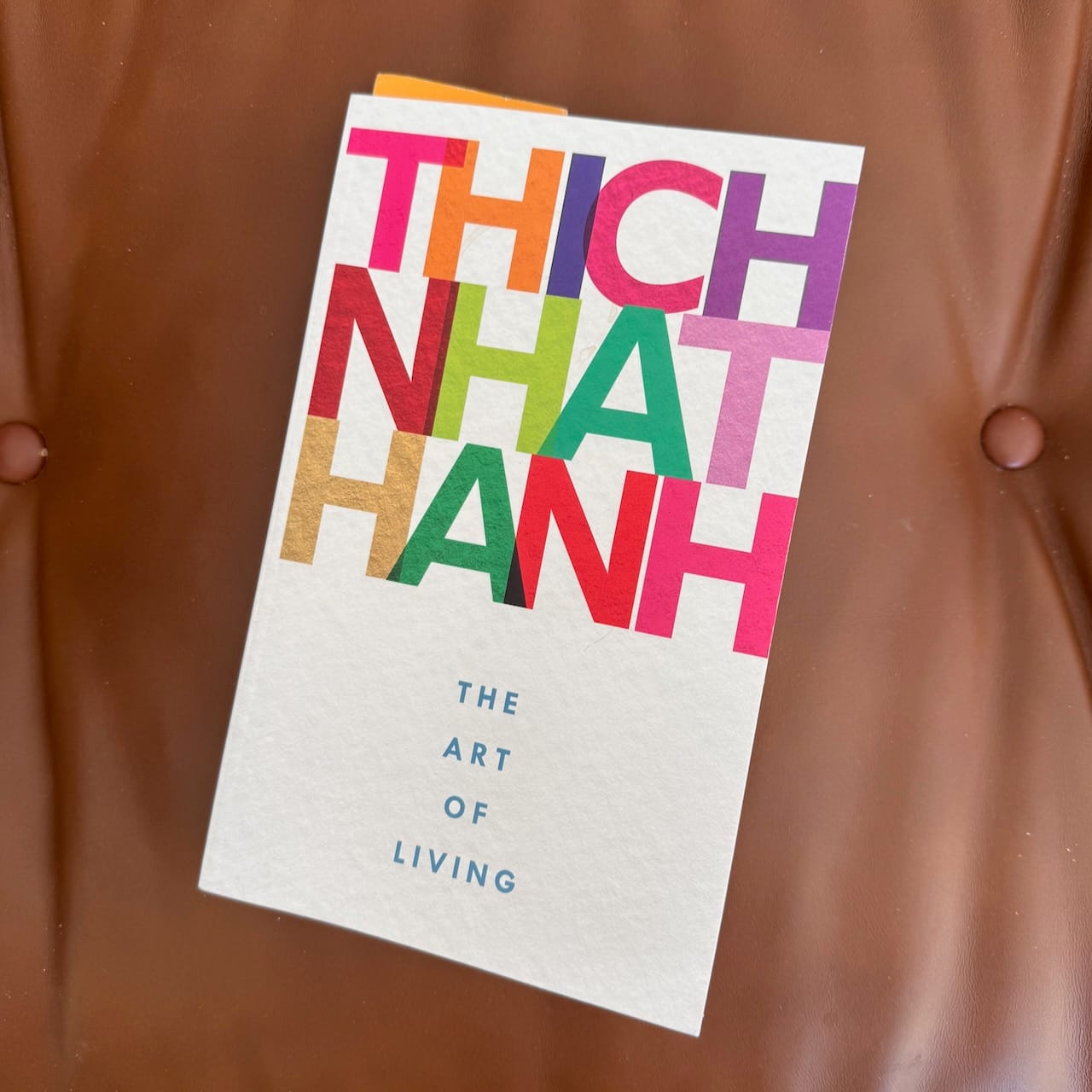
If you’re feeling scattered, stretched thin, or simply worn out by the noise of modern life, The Art of Living offers a gentle way back to yourself.
It's written by the late Thich Nhat Hanh - Zen master, poet, and peace activist, and often referred to as 'The father of mindfulness'. This book doesn’t shout or try to impress. It quietly invites you to come home. Not to a place, but to the present moment.
Each chapter has maybe a story or some general advice, ends with one or two short meditations - things like mindful breathing, deep looking, or just silently observing your thoughts. There is very little religious content here, although Thich does reference Bhuddism - but I did feel the book was spiritual, and some ways quite connected to stoicism.
Here’s what stood out for me.
A book to be felt, not analysed
This isn’t a book you read in one go. I carried this with me, and read chapters on my commute or over coffee.
Each chapter blends mindfulness practice with reflections on impermanence, death, consciousness, and interbeing (a concept central to Thich Nhat Hanh’s teaching—more on that below).
What struck me most wasn’t the content itself. It was the way the book feels. Calm, spacious and kind.
Core idea: You don’t have to wait to live fully
The title isn’t a metaphor. The Art of Living really is about how to live in the here and now.
You don’t need to “fix” yourself first. You don’t need to buy more time. You just need to stop running.
Some key points:
- Life is only available in the present moment. When you breathe mindfully, you’re already home.
- There’s no separation between body and mind. Nourish one, and you help the other.
- You don’t have to fear death. Nothing truly disappears. It just transforms.
These might sound abstract, but in context they land differently.
Interbeing: a beautiful, practical concept
At the heart of the book is the idea of interbeing.
It means we don’t exist as isolated selves. We’re made of non-us elements - sunlight, water, ancestors, culture, kindness.
A cloud becomes rain, becomes tea, becomes you.
This isn’t just poetic. It’s practical. Thich references the science we know in our brain, but connects it with the heart.
- Feeling overwhelmed? Pause and sense how connected you are.
- Caught in anger? Look more deeply. See the suffering beneath it—in yourself and others.
- Struggling with loss? Remember: nothing is ever truly gone. It doesn’t remove pain, but it changes how you relate to it.
Meditation as everyday life
This isn’t a guide to long sessions with your legs crossed. It’s about bringing mindfulness into everything you do.
- Walking to work? Be aware of your feet.
- Washing the dishes? Feel the water.
- Talking to a loved one? Really listen.
The aim isn’t perfection. It’s presence, which, he says, is the true miracle—not walking on water, but walking on the Earth with awareness.
You don’t need a retreat. You just need to notice what’s already here. Thich has another book about creating a personal retreat, I've added it to my list.
His writing voice: soft, clear, reassuring
There’s no flash here. No jargon. No pressure. The words are simple, but never simplistic.
I felt like he was speaking directly to me. Not as a guru, but as someone who’s been where you are (in fact much worse places) and has learned how to find peace in the middle of it.
Some lines that stayed with me:
- 'You have an appointment with life. That appointment is now.'
- 'When you are breathing mindfully, you are already practicing resurrection.'
- 'Let go of the notion that you are a separate self.'
You could write each one on a sticky note and let it work on you for a week.
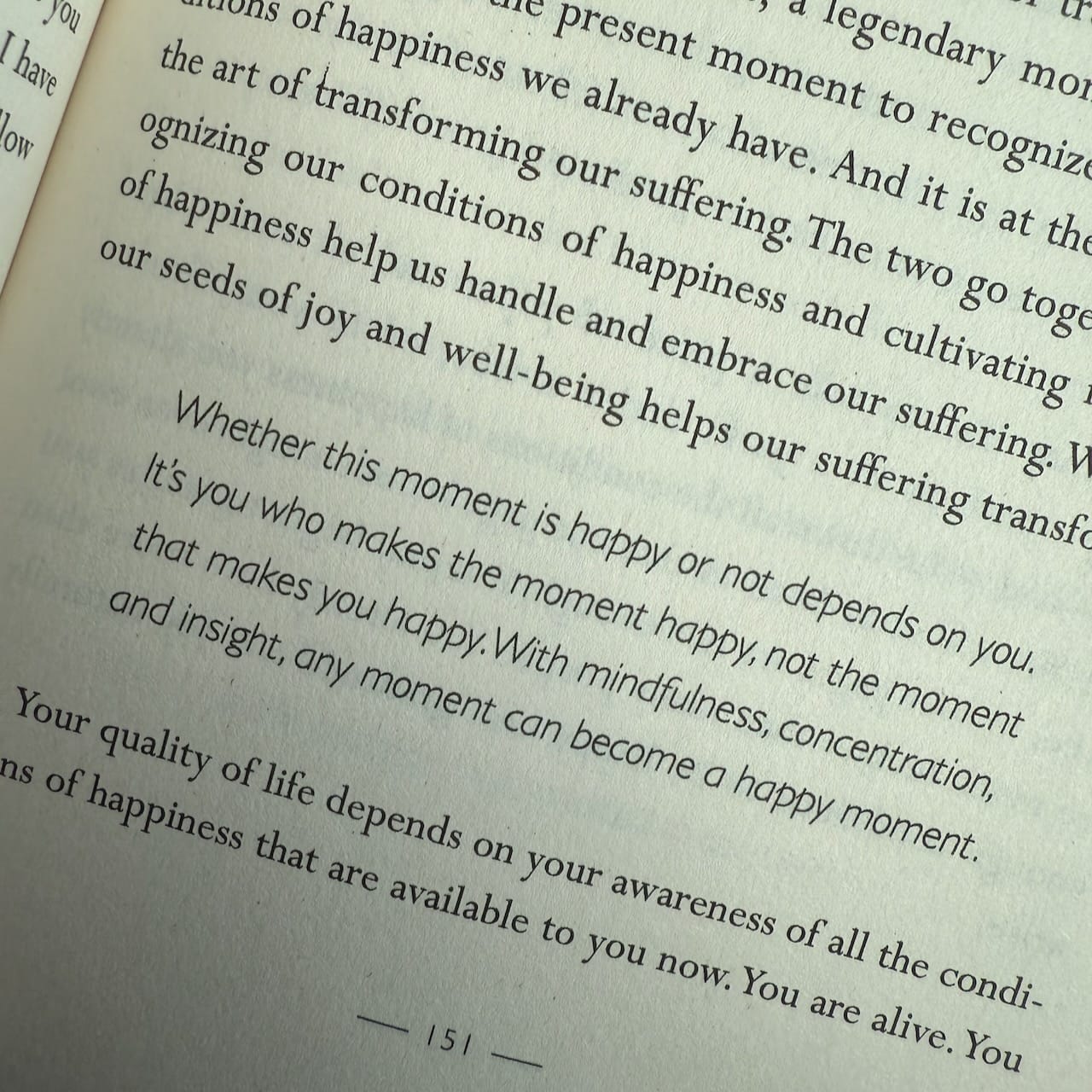
Not a how-to book—and that’s the point
If you’re looking for a structured programme or checklist, this isn’t it. There’s no “7 steps to peace”. No diagrams. No chapter summaries.
And yet it’s more useful than many self-help books I’ve read.
Because it gave me space—to reflect, to slow down, to feel. That space is often where real change begins.
Small shifts that stayed with me
Here are a few things I am trying to do differently since finishing the book.
- I've restarted my Headspace daily meditation practice. I did that a while ago, and found it very enjoyable, this week I did it every day and can already feel the basic benefits of a short time of mindfulness every day.
- I notice my feet when I walk. It pulls me out of my head. Thich talks about mindful walking; the art of focusing your footsteps and being present in every step.
- I try to acknowledge my anxiety instead of fighting/supressing it. That alone has softened how it shows up. I had a moment this week when I was doing something that would typically make me very uncomfortable, saying 'hello' to the anxiety helped me.
These aren’t huge moves, but they can make a difference.
A few limitations (depending on what you’re looking for)
- If you want strong narrative or deep psychology, this book doesn’t offer it.
- Some ideas (like reincarnation or energy continuation) may not land if you’re sceptical of spiritual frameworks.
- The structure can feel a bit loose. It drifts more than it drives.
These points didn't distract me, the overall tone and message was enough.
Final thought: read it like a conversation, not a manual
I finished The Art of Living slowly, over several days, each time I picked it up, I felt a little more grounded.
It reminded me that peace doesn’t come from mastering your schedule, fixing your flaws, or achieving enlightenment.
It comes from stopping, breathing, listening.
And remembering that this moment, just as it is, is enough.
Would I recommend it?
Yes, especially if you’re feeling burned out, pulled in too many directions, or just want to reconnect with something quieter inside you.
It won’t solve your problems, but it might change how you hold them, and sometimes, that’s all you need.
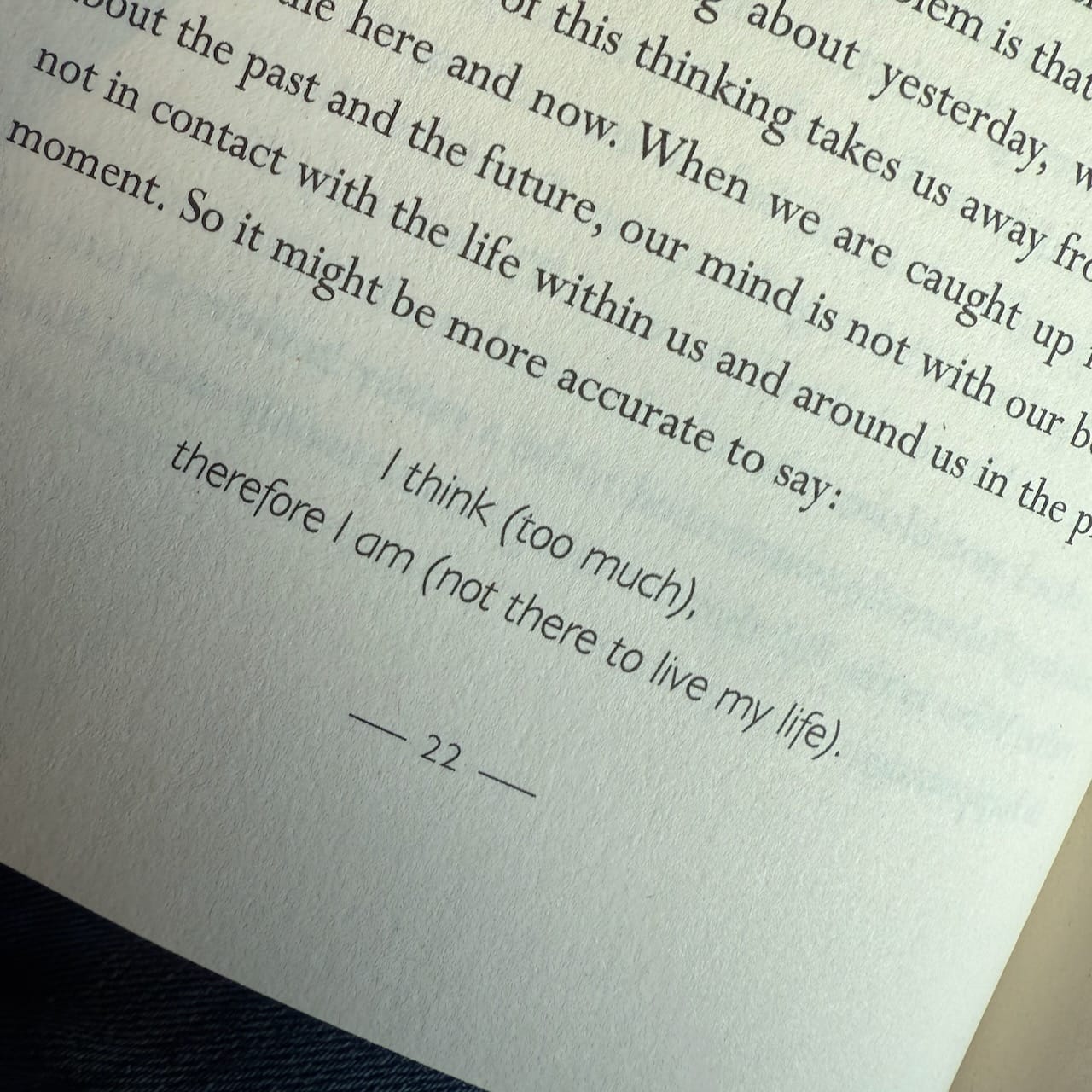


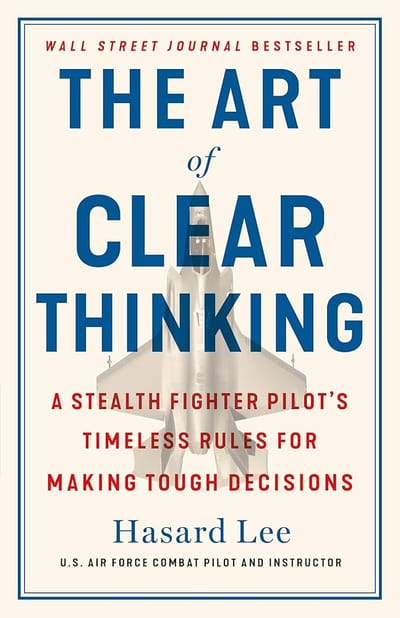
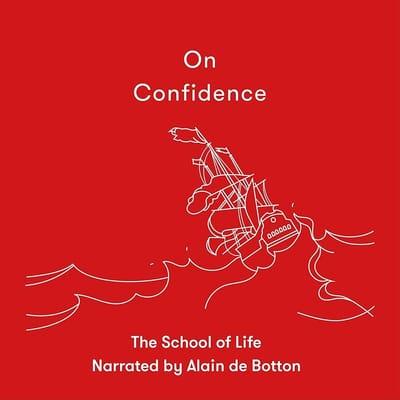
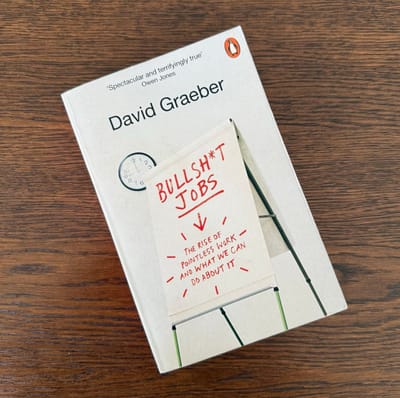
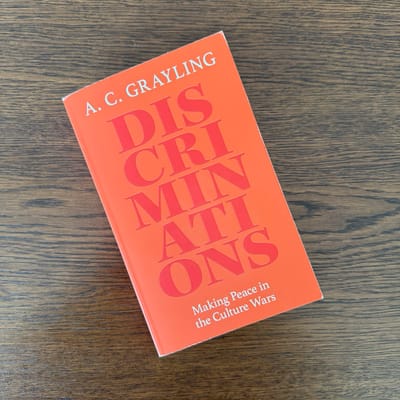

Member discussion